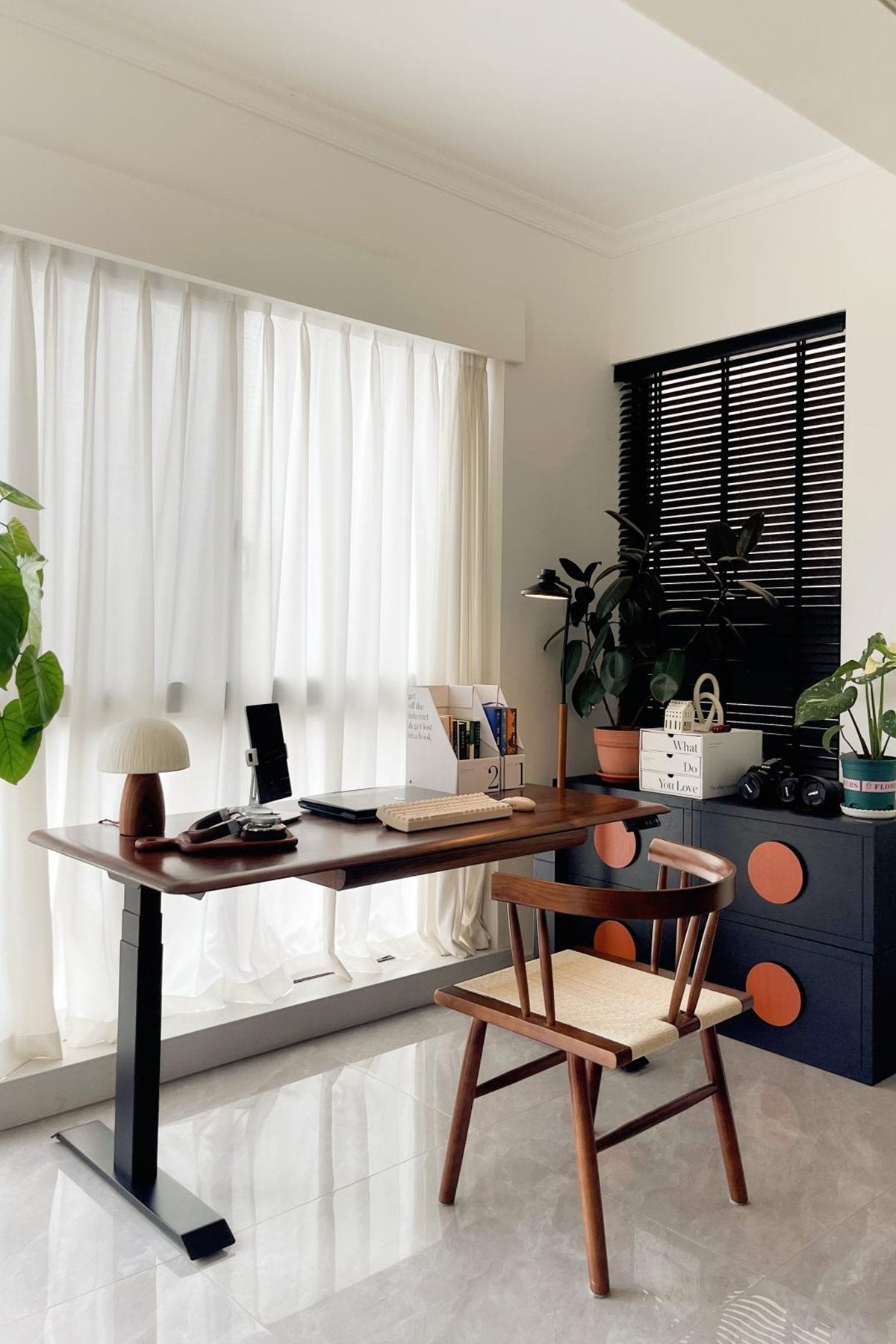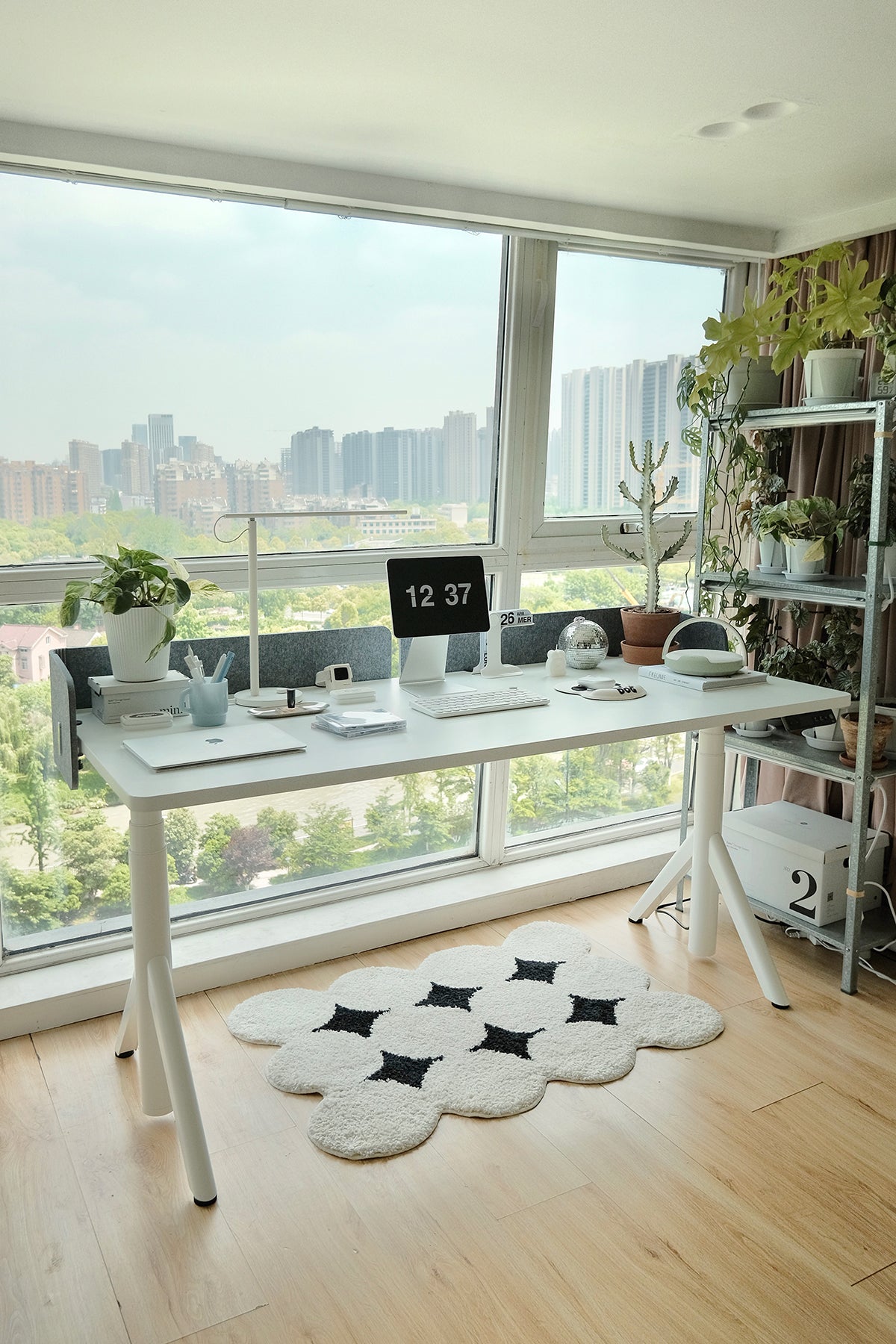Exploring the Comparison of Desk Converters and Standing Desks
When creating an ergonomic and efficient workspace, choosing between a Portable Desk Converter and an Integrated Standing Desk can be challenging. Both options allow you to alternate between sitting and standing during the workday, but they cater to different needs. Let’s explore the key features, advantages, and disadvantages of each to help you determine which solution best suits your preferences and work environment.
What’s the Difference Between Portable Desk Converters and Standing Desks?
Both portable desk converters and integrated standing desks are designed to promote healthier work habits by enabling users to switch between sitting and standing. However, they differ significantly in terms of setup, features, and functionality.
Desk converters are adjustable platforms placed on top of an existing desk, allowing you to quickly elevate your workspace without replacing your entire desk setup. These devices are lightweight and mobile, making them a flexible option for those with limited space or who frequently change workstations. Most models are manual, though some electric versions are available.

In contrast, standing desks are fully-adjustable, purpose-built desks that allow you to seamlessly transition between sitting and standing with a push of a button. Unlike converters, these desks come with advanced features like electric height adjustment, built-in cable management, and optional accessories such as monitor arms and power outlets, offering a more complete and permanent solution.

Portable Desk Converters vs. Integrated Standing Desks
1. Flexibility and Portability-
Portable Desk Converters: Designed for mobility, these converters are easy to move and store, making them ideal for people who need a temporary or flexible solution. If you work in multiple locations or share a desk with others, a converter allows you to quickly adapt any surface into a standing desk.
- Integrated Standing Desks: These desks are more permanent and robust, offering a larger surface area and more stability. While they provide advanced features like electric height adjustment and enhanced ergonomics, they lack the portability of converters and are better suited for dedicated office spaces.

2. Adjustability and Ergonomics
-
Portable Desk Converters: Converters offer a range of height adjustments, typically accommodating both sitting and standing positions. However, the adjustability may be manual, requiring physical effort, especially for heavier loads. Electric models offer easier transitions but may need access to power outlets, reducing mobility.
- Integrated Standing Desks: Electric adjustability allows for precise and smooth transitions between heights, making these desks more ergonomic and convenient. Many models offer customizable settings, so you can easily switch between your preferred sitting and standing heights at the touch of a button.

-
Portable Desk Converters: Most converters have a compact design, providing limited space for equipment such as monitors, keyboards, and other work essentials. Additionally, some models may become unstable at higher settings, which could cause discomfort or safety concerns.
- Integrated Standing Desks: These desks offer a much larger and sturdier surface, ideal for accommodating multiple monitors or heavier equipment. With features like built-in cable management and customizable accessories, they help create a cleaner, more efficient workspace.

Pros and Cons Overview
Here’s a comparison of the main pros and cons for each option:
| Feature | Portable Desk Converters | Integrated Standing Desks |
|---|---|---|
| Portability | Highly portable and easy to store | Less portable, more permanent setup |
| Cost | More affordable, with minimal setup | Higher initial cost but packed with advanced features |
| Adjustability | Manual or electric options available, but may wobble | Electric adjustability, precise and smooth |
| Workspace Size | Limited surface area | Large workspace for multiple monitors and accessories |
| Ease of Use | Simple to set up, lightweight | Requires assembly but offers seamless functionality |
| Stability | May wobble at high settings | Highly stable, ideal for heavier setups |
Choosing between a portable desk converter and an integrated standing desk depends on your workspace needs, budget, and preference for flexibility or permanence. If you’re looking for a cost-effective and mobile solution, a converter might be the best fit. However, if you value stability, enhanced features, and long-term use, a standing desk offers a more comprehensive experience.
Both options can improve your work-life balance by encouraging healthier postures and reducing prolonged sitting. Evaluate your workspace and needs carefully, and you’ll find the right solution to elevate your productivity and well-being.
The other articles you might be interested in are:
What are the Differences between Cheap and Expensive Standing Desk?
What is the Best Standing Desk for a Home Office






Leave a comment